
Once again, the IRS is calling the latest schedule of tax rates something that offers more benefits for taxpayers than the previous year.
Tax-Exempt Benefits
A couple of the details do concern benefits, like tax-exempt contributions to retirement plans.
Numbered Plans
The maximum contribution for 401(k) plans is rising to $18,500 in 2018, up from $18,000 in 2017 — this also applies to 403(b), most 457 plans, and the federal government’s Thrift Savings Plan. The catch-up contribution for those age 50 and up remains $6,000 for all of these plans.
Who Qualifies for a Roth
The IRS also increased the maximum earnings allowed by those who can contribute to a Roth IRA to $120,000 to $135,000 for singles and heads of household, and $189,000 to $199,000 for married couples filing jointly; these ranges are $2,000 and $3,000 higher than 2017 respectively.
Transit and Parking
The other types of benefit that have changed are pre-tax payments for transit passes and parking fees; it’s risen by $5 a month, to $260 a month.
Other Changes
Otherwise, other changes for 2018 include deductions, exemptions, and income tax credits.
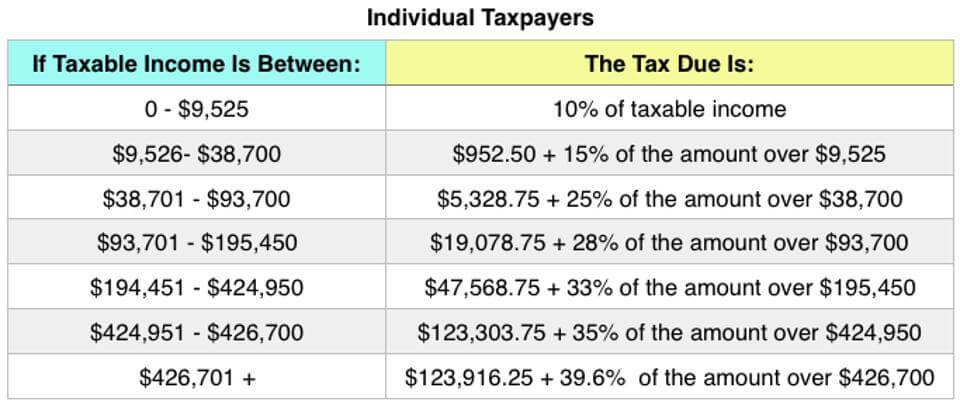
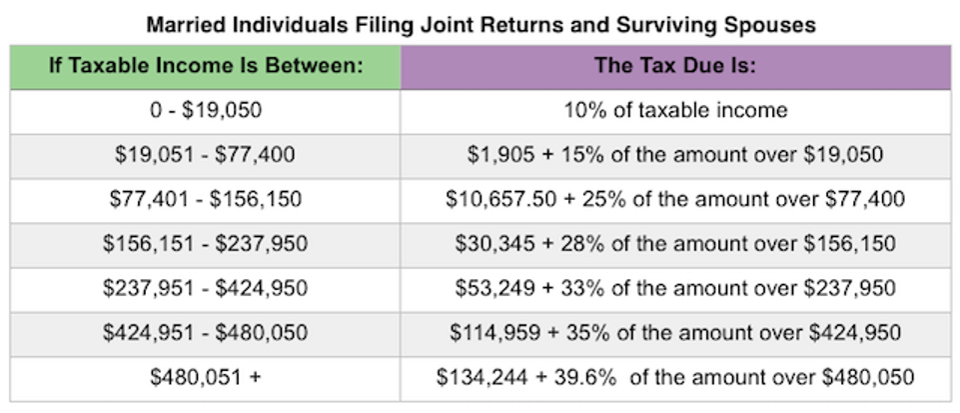
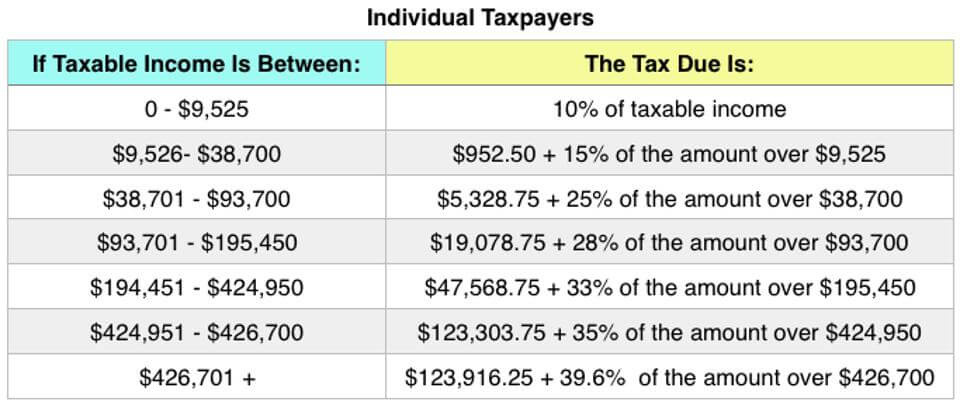
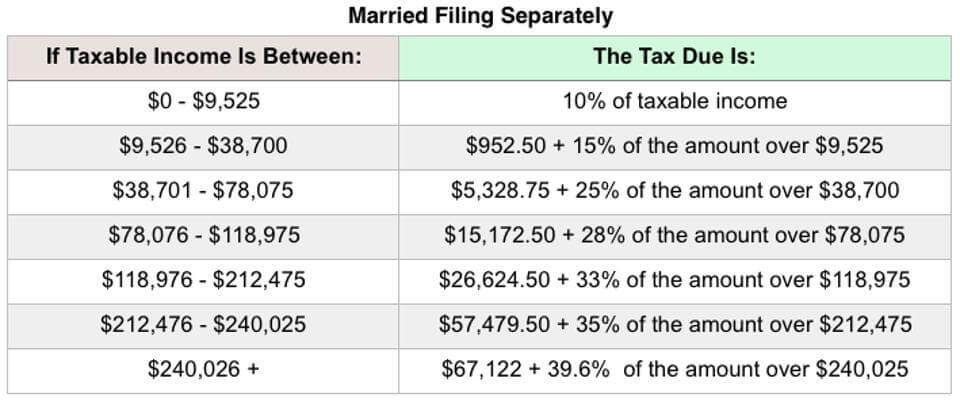
Student Loans
The maximum deduction for interest on student loans remains $2,500. Eligibility for the deduction starts phasing out with individual incomes surpassing $65,000 and joint return incomes exceeding $135,000. Taxpayers become completely ineligible when they pass $80,000 and $165,000 respectively.
Deductions in 2018
Single taxpayers and married couples filing separately get a standard deduction of $6,500 in 2018, up from $6,350 in 2017.
The standard deduction is $13,000 for married couples filing jointly, up from $12,700 in the prior year; and for heads of households, the standard deduction is $9,550, up from $9,350 in 2017.
The standard deduction for a taxpayer who can be claimed as a dependent by another taxpayer is a maximum of whichever figure is greater: $1,050 or $350 plus the dependent’s earned income.
The additional standard deduction for the aged and blind is $1,300. The additional standard deduction for unmarried taxpayers is $1,600.
Penalties
This year’s penalties for not having health insurance — and not having a waiver or exemption — remains the same as 2017: 2.5% of your adjusted gross income, or $695 per adult and $347.50 per child, up to a maximum of $2,085, whichever is higher.
The IRS continues to impose the penalty of revoking passports for anyone with serious tax delinquencies, and the threshold for that is $51,000 in the tax year 2018.
Estate and Gift Taxes
On the opposite end of the spectrum, the amount of money that married couples can pass to each other without taxes goes up to $5.6 million per individual, up from $5.49 million in 2017.
Note that the term “estate tax” is often misunderstood by the media to include heirs other than children when that isn’t always the case.
2018 Taxes
You have plenty of time to let all of this soak in: None of these announced taxes concern the next return you’ll be filing in April since that involves the tax year 2017.
While Congress has plenty of time to debate changes to the tax code before you’ll be filing a return for 2018, it’s not likely that any changes to the law would impact 2019 taxes.
Readers, do you expect to get a refund on your next tax filing?

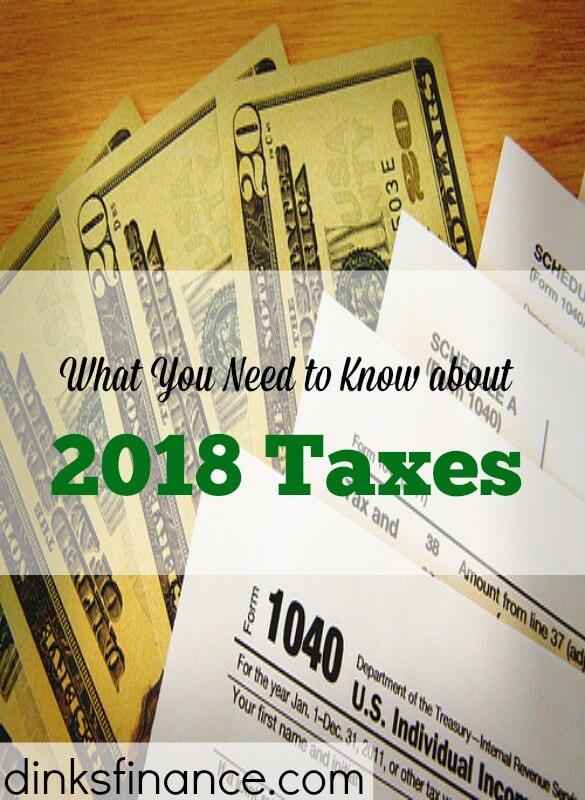

Pingback:What's Happening to Your 2018 Taxes? - Dual Income No Kids | Dual Income No Kids